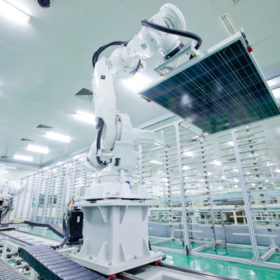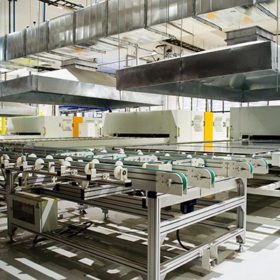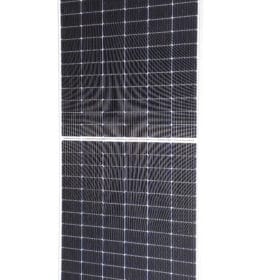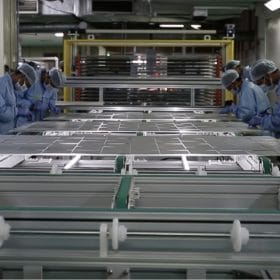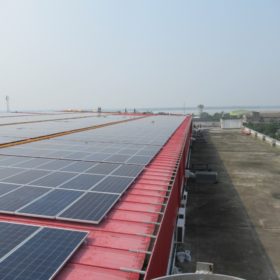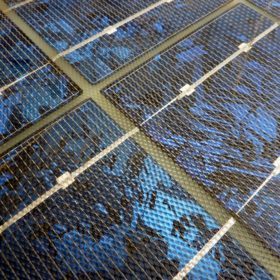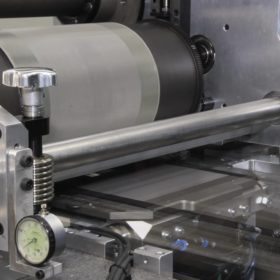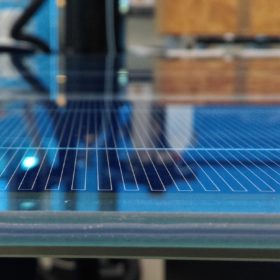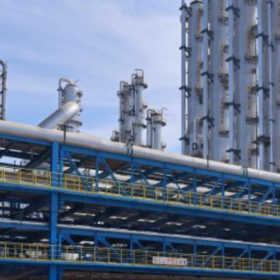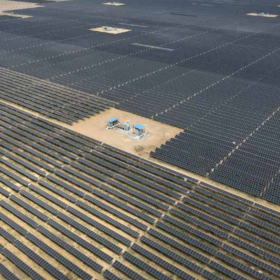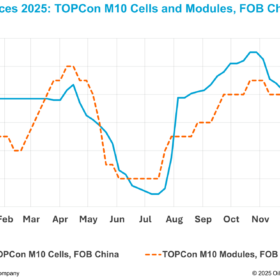Budget expectations for solar manufacturing
The government should consider offering a 50% capital subsidy for setting up R&D and quality testing infrastructure within the manufacturing units and a 200% super-deduction for the R&D expenditure on new and clean solar technology development. Simultaneously, it should look at implementing tariff barriers on imports for at least four-five years.
JinkoSolar claims 24.9% efficiency for n-type monocrystalline cell
The result was confirmed by Germany’s Institute for Solar Energy Research (ISFH).
India needs to adopt a balanced approach for solar manufacturing
A new report says the imposition of safeguard duties and basic custom duties is only a partial solution to help the domestically produced solar modules remain competitive with imported panels. The government needs to adopt a long-term strategy towards PV manufacturing that supports backward integration and sustained innovation.
Vikram Solar launches 505W modules with M6 wafer
The Indian manufacturer has unveiled Series 6 mono-PERC modules in 120, 144, and 156 half-cell versions with claimed efficiency between 18.34% and 21.02%.
BHEL tenders for supply of minimum 8 million solar cells
Manufacturers have until January 11 to bid for the supply of an aggregate 8,352,000 quantity of multicrystalline and mono PERC silicon solar cells using five bus bars.
Solar manufacturer Websol Energy Systems posts profit
The West Bengal-based solar cell and module manufacturer, which incurred an INR 28.95-crore loss in FY2018-19, has posted an INR 6.56-crore profit for FY2019-20.
Vikram Solar module factory gets a rooftop PV plant
The 919.73 kWp captive solar plant at the module manufacturer’s Falta unit in West Bengal uses multiple PV technology advancements, including its own SOMERA monocrystalline, half-cut and full-cut cell panels.
BHEL seeks minimum six million solar cells
Bids are invited to supply an aggregate 6,568,000 quantity of five-busbar multicrystalline and mono-crystalline PERC silicon solar cells in peak output ratings of 4.62Wp, 4.67Wp, 4.72Wp, 5.27Wp, 5.44Wp and 5.62Wp. The delivery period is three months.
The long read: Rotary printing rocks!
Cell metallization is getting a makeover. Some ‘rocking’ research projects spearheaded by Fraunhofer ISE are now set to introduce new printing methods that could deliver more than a doubling of throughput. There are hurdles to overcome across various process steps and on a materials basis, but initial results appear encouraging.
Borosil Renewables raises INR 200 crore though QIP issue
The solar glass manufacturer plans to utilize the funds to more than double its solar glass production capacity from 450 tonnes per day (TPD) to 950 TPD.

